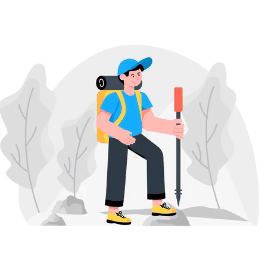

The Jamacho Gumba Hike is one of the most refreshing hiking experiences near Kathmandu. A few months ago, my friends and I took this amazing trail through the Shivapuri Nagarjun National Park, leading us to the peaceful Jamacho Monastery.
It was a journey full of cultural discovery, breathtaking Himalayan views, and fun bonding moments with my friends.
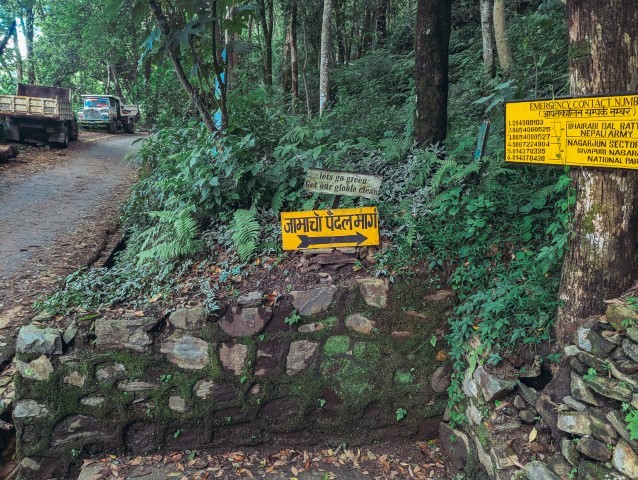
Quick Overview of Jamacho Gumba Hike:
| Particulars | Details |
| Location | Shivapuri Nagarjun National Park, Kathmandu, Nepal |
| Starting Point | Fulbari Gate |
| Hike Duration | 4–6 hours (round trip) |
| Altitude | 2128 meters |
| Difficulty Level | Moderate - Suitable for beginners with basic fitness levels |
| Best Seasons | Spring (March-May) and Autumn (September-November) offer perfect trekking weather |
| Entry Fee | Nepali Citizens: NPR 100; SAARC Nationals: NPR 600; Foreigners: NPR 1000 |
| Permits | Entry ticket for Shivapuri Nagarjun National Park required |
| What to Bring | Water, snacks, sun protection (hat, sunscreen, sunglasses), first-aid kit, and seasonal gear. |
| Cultural Experience | Visit Jamacho Monastery, famous for its sacred Tibetan Buddhist traditions. |
| Natural Beauty | Explore lush forests, vibrant flora, wildlife, and serene streams. |
| Panoramic Views | Witness breathtaking views of the Kathmandu Valley and Himalayan peaks. |
| Spiritual Connection | Meditate and connect with nature for peace and tranquility. |
| Spring & Autumn | Clear skies, blooming flowers, and ideal conditions. |
| Winter | Cooler weather with fewer crowds; and occasional snow for a unique experience. |
| Summer | Rain and insects make this the least favorable season. |
We started off our hike at the Fulbari Gate, the entry point to the Shivapuri Nagarjun National Park. The excitement was high as we grabbed our tickets and started the journey.

Here's a quick guide to the Jamacho Gumba Hike Route:
| Segment | Description |
| Starting Point | Fulbari Gate in Kathmandu. |
| Route Path | A marked path through Shivapuri Nagarjun National Park, featuring lush greenery and wildlife. |
| Notable Stops | Military checkposts for entry verification and rest stops. |
| Return Route | Descend via the same path or combine with other routes like Chandragiri Hill Hike. |
The trail was well-marked and took us through a lush green forest. The tall trees and occasional streams made us feel like we were walking in nature's embrace. A short hike later, the view started opening up, giving us a glimpse of the Kathmandu Valley.
The Jamacho Monastery, at an elevation of 2128 meters, greeted us with its serene ambiance. The monastery is rich in Tibetan Buddhist culture and adorned with intricate sacred art. We spent some time exploring the place, clicking photos, and learning about its spiritual significance.
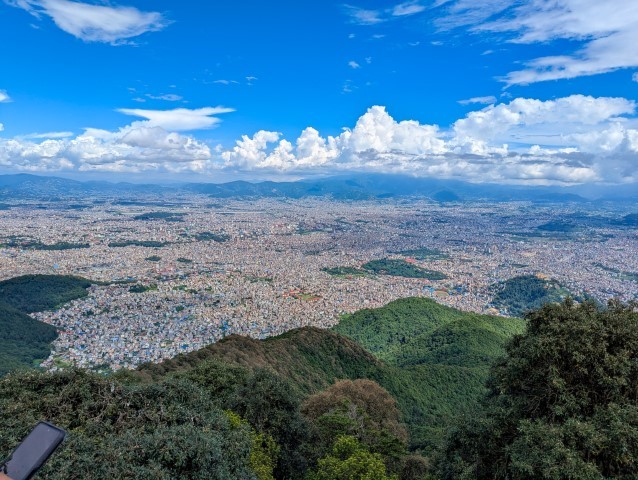
The views from the top were beyond words. We could see the sprawling Kathmandu Valley on one side and faint outlines of the Himalayas on the other. This mix of spirituality and nature made the experience unforgettable.
| Category | Details |
| Cultural Experience | Visit the Tibetan Buddhist monastery rich in sacred art and tradition. |
| Natural Beauty | Explore lush forests, vibrant flora, serene streams, and wildlife. |
| Panoramic Views | Enjoy views of Kathmandu Valley and distant Himalayan peaks. |
| Spiritual Connection | Engage in meditative practices and find peace amidst nature's tranquility. |
To make our trek smooth and enjoyable, we packed some essentials:
| Items | Why It’s Important |
| Water | To stay hydrated throughout the hike. |
| Snacks/Lunch | No shops on the route; packed energy bars are lifesavers. |
| First Aid Kit | For treating minor injuries or scratches. |
| Sun Protection | Hat, sunscreen, and sunglasses for sun safety. |
| Seasonal Gear | Warm clothing in winter; anti-insect repellent in summer. |
Planning helped us avoid any discomfort during the hike.
The weather played a big role in making our hike enjoyable. We chose the hike in autumn (September), and it was the perfect decision. The skies were clear, and the temperatures were just right.
The best seasons to hike the Jamacho Gumba trail are spring and autumn due to clear skies and moderate temperatures, providing ideal trekking conditions. Although winter can be an amazing time to trek with fewer tourists and sometimes snow, it is much colder.
Summer brings rain and is accompanied by an abundance of insects, which may make the hike less enjoyable, making it a less favorable time for trekking.
| Season | Experience |
| Spring (Mar-May) | Blooming flowers, vibrant greenery, and clear views. |
| Autumn (Sep-Nov) | Crisp weather and great mountain views. |
| Winter (Dec-Feb) | Cooler weather with fewer crowds; and occasional snow for a unique experience. |
| Summer (Jun-Aug) | Rainy season with lots of insects, making trekking tough. |
The Jamacho Gumba hike begins in the Shivapuri Nagarjun National Park. To access the Shivapuri Nagarjun National Park, we had to buy entry tickets at the Fulbari Gate. Below are detailed ticket prices for Jamacho Hike.
| Particulars | Rate (Price in NPR) | Remarks |
| Nepali Citizen | 100 | Per day/per person/per entry |
| SAARC Citizen | 600 | Per day/per person/per entry |
| Other Foreigners | 1000 | Per day/per person/per entry |
| Motorbike / Scooter | 150 | Per day/per vehicle/per entry |
| Minibus/Bus/Truck | 500 | Per day/per vehicle/per entry |
| Car/Jeep/Taxi/Van | 350 | Per day/per vehicle/per entry |
(Source: https://www.snnp.gov.np/regulations)
The tickets are checked at multiple checkpoints by military personnel, so keeping them handy is a must.
Cultural Connection
The Jamacho Monastery offered a glimpse into the deep-rooted Tibetan Buddhist culture, with peaceful prayer wheels and statues. It felt incredibly calming to take a moment to reflect there.
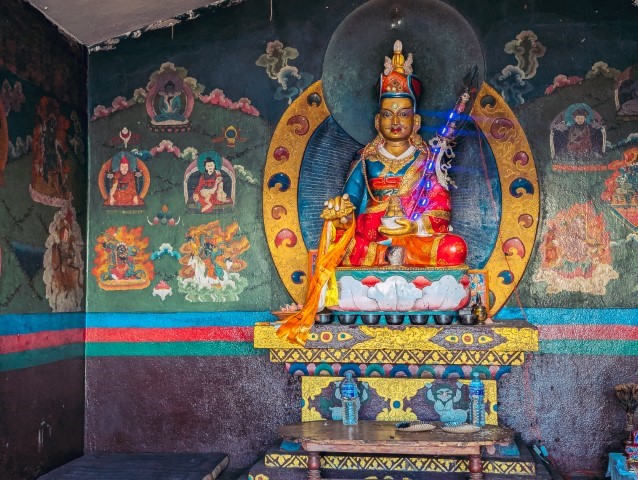
Natural Beauty
The forest trail was alive with the sound of chirping birds and the rustle of leaves. We even spotted some wild animals from afar, adding a touch of adventure to the trek.
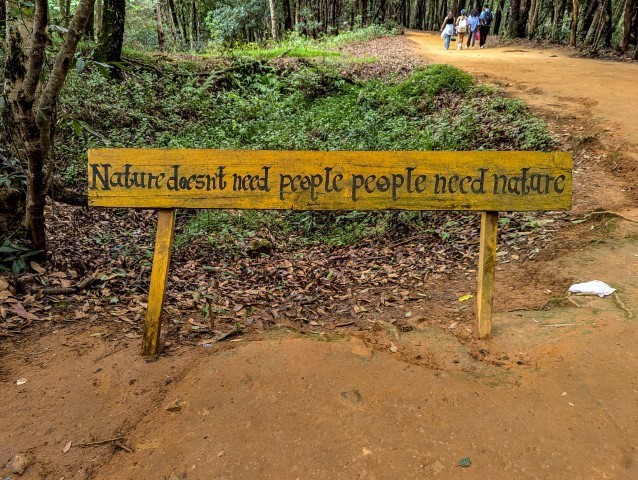
Panoramic Views
Reaching the top was rewarding, with panoramic views of the Kathmandu Valley and distant Himalayan peaks. It was a perfect spot for group pictures!
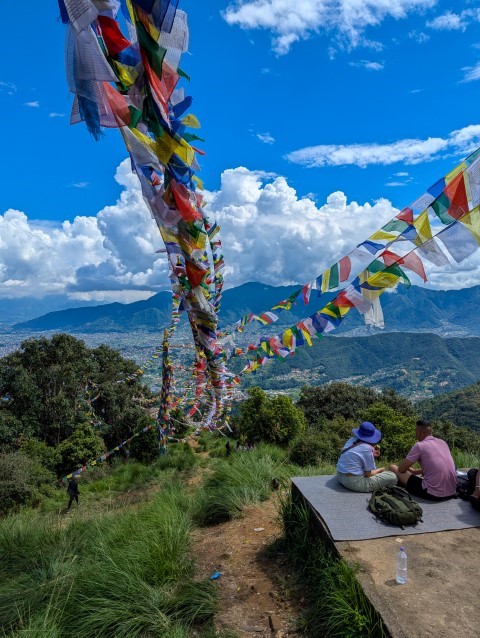
Bonding Time
Walking together, laughing, and sharing stories made the hike not only physically satisfying but also emotionally rewarding.
The Jamacho Gumba Hike trail is moderately difficult and suitable for people with basic fitness levels. From our personal experience, the hike wasn't overly tough, but it did have some steady climbs and a few challenging stretches, especially on the forest paths. We took short breaks, which made it manageable.
The hike normally takes about 4-6 hours round trip, depending on your pace, and the well-marked trail makes it easy to navigate. It’s not just about physical effort what makes the hike amazing is the natural beauty, cultural richness, and peaceful vibe of the Jamacho Monastery at the top.
For someone with average fitness who enjoys walking, this hike is perfect.
The Jamacho Gumba Hike was more than just a hike for us. It was a blend of its unforgettable journey, blending cultural exploration, spiritual introspection, natural beauty, and memorable moments with friends.
Whether you're looking to reconnect with nature, soak in Nepal's cultural richness, or simply enjoy a day outdoors, this trail offers something special for everyone.
The experience of standing at Jamacho Monastery, surrounded by serene landscapes, and reconnecting with nature is truly transformative.
If you’re planning to visit Kathmandu, do not miss this incredible adventure. It’s a hike that stays in your heart long after you’ve descended the trail.
Plan Your Jamacho Hike with Trek Me Nepal.
Jamacho Gumba Photos Gallery

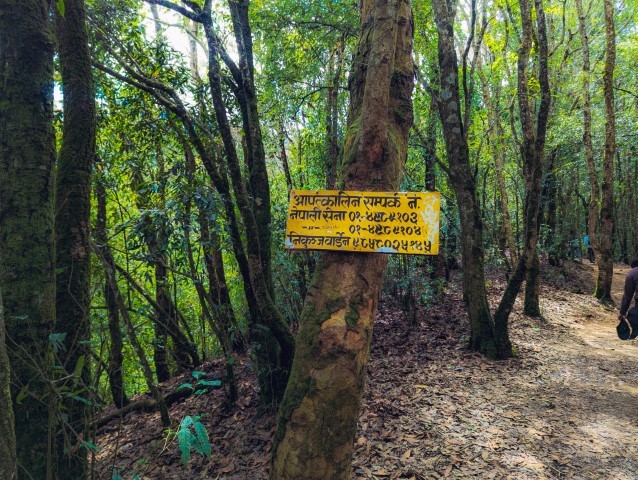


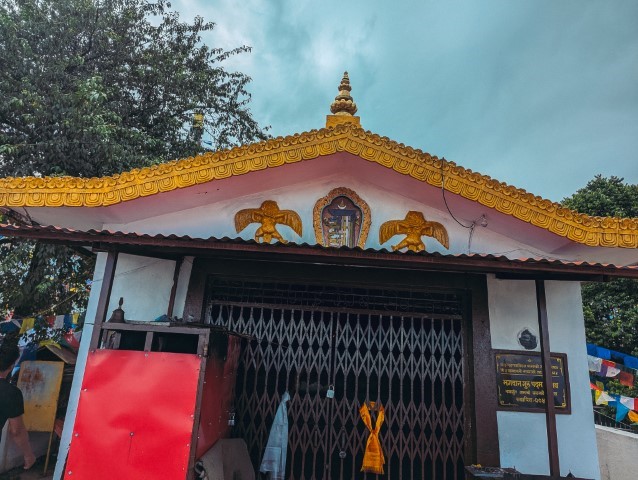
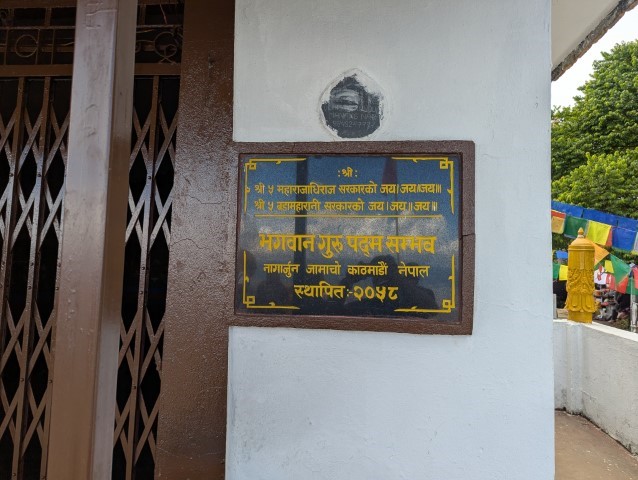
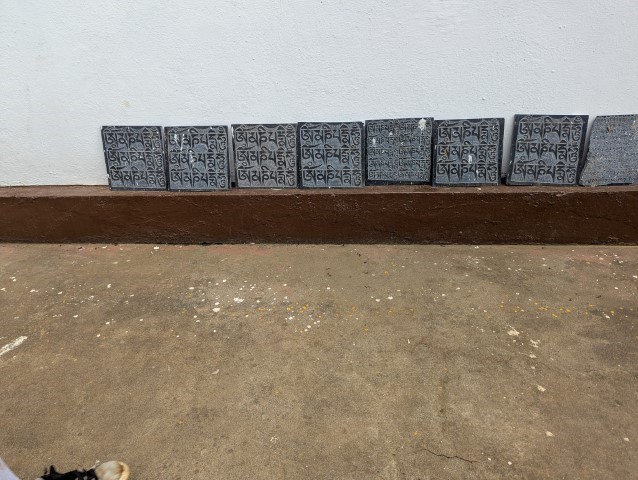
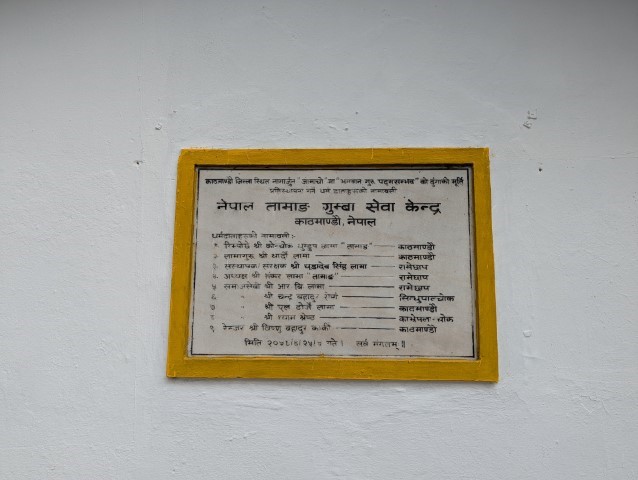
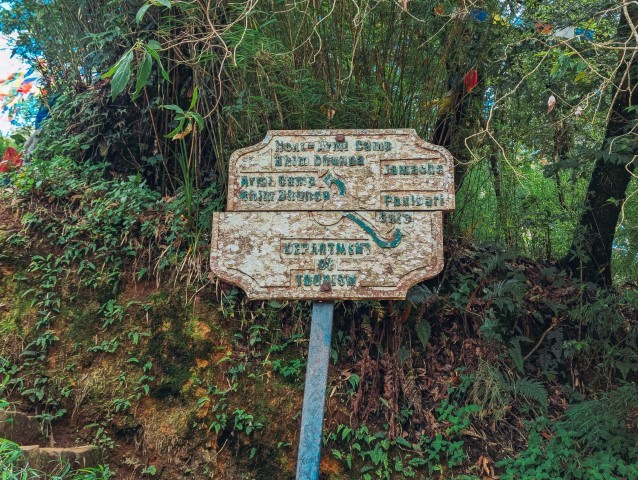
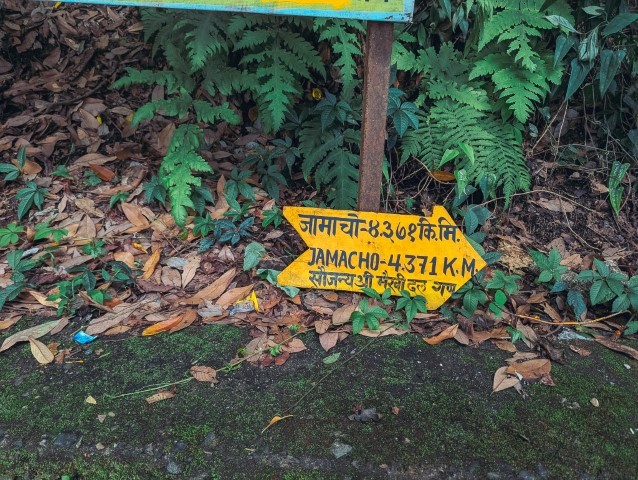


Trek Me Nepal Archives
Check out recent travel trends and news by Trek me Nepal
More Reasons Why Travellers Trust Us